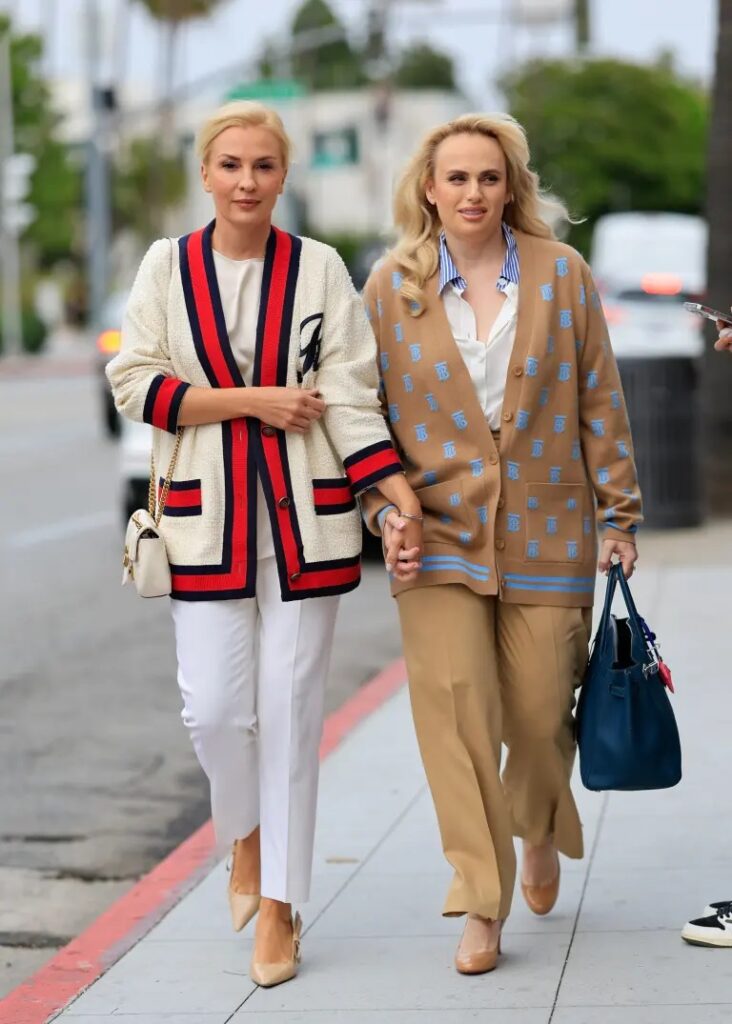Rising Trend: Women Choosing Same-Sex Relationships

The narrative surrounding women who choose same-sex relationships after leaving men is often clouded by stereotypes and misconceptions. While societal expectations may perpetuate the notion that women who make this choice are bitter or burned, the reality is more complex.
Prominent figures like Natalie Bassingthwaighte, Sophia Bush, Rebel Wilson, and Chrishell Stause have faced public scrutiny for coming out later in life. However, these women’s choices challenge the conventional narrative, as they are successful, financially independent, and not lacking attention from men.
Society tends to accept gay women who present as more masculine, adhering to the stereotypical image of a lesbian. However, suspicion arises when women who traditionally attract men still choose to date women.
The rise in visibility of LGBTQ+ individuals doesn’t imply an increase in their numbers but reflects the decreasing stigma associated with being openly queer. Millennials and Gen Z, having avoided criminalization of their sexual identities, engage in discourse around “compulsory heterosexuality.”
The term “queer” has become a more inclusive label, encompassing various sexual identities. When high-profile women like Chrishell Stause discuss their attractions, they emphasize being open to positive energy rather than strictly adhering to a specific gender.
Ultimately, the notion that women who choose same-sex relationships are doing so for fame or relevance is debunked by their success and independence. Studies even suggest that lesbians outperform men in providing sexual satisfaction, challenging preconceived notions about women’s relationships.
In dismantling stereotypes and embracing diverse narratives, these women pave the way for a more inclusive understanding of sexuality and relationships. The evolving discourse around LGBTQ+ identities reflects a society gradually moving away from rigid expectations and towards acceptance and authenticity.
Repurposed article already published in New York post









